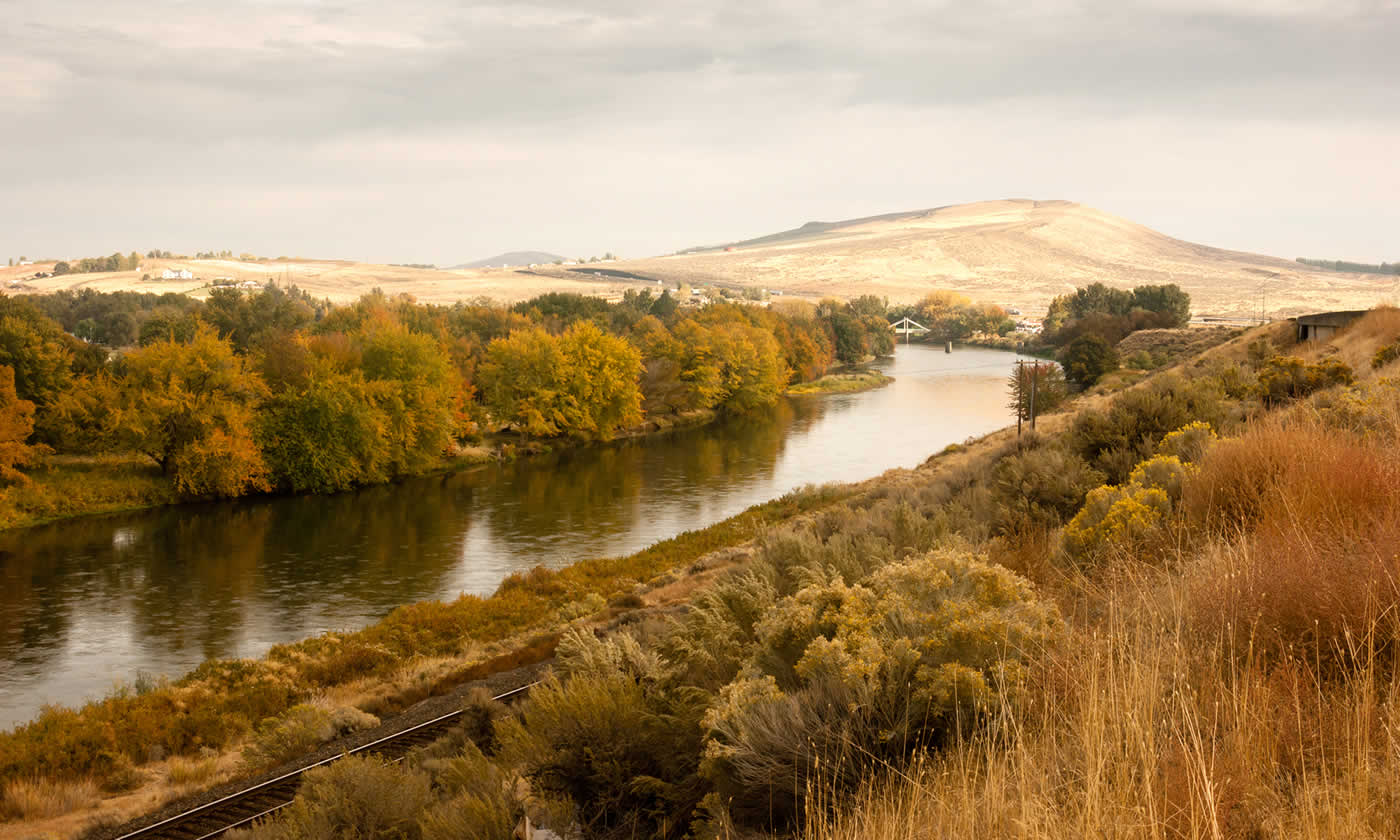
As we enter the 2016 irrigation season, KID is grateful for the improved water and snowpack conditions in the basin that have contributed to a forecast for a year of full water supply. The possibility of drought in the Yakima basin always looms, and early water supply predictions last fall were dire. Carryover storage in the reservoirs was at a large deficit, and a strong El Nino in the South Pacific Ocean was predicted to bring drier and warmer weather to the Pacific Northwest. Fortunately, temperatures turned out to be mostly in the normal range in the basin, and precipitation was well above normal levels. This led to improved spring conditions, including above average storage in the reservoirs, and near average snowpack on the eastern slopes of the Cascade Range.
While this is great news for this year, future years may not be so good, as our community experienced with the drought conditions in 2015 that led to water supply shortages for the KID and other Yakima basin water users. In order to combat future droughts and ensure that there is enough water in the basin for fish, farms, and families, KID is actively working to enhance and protect our communities’ water supplies and to increase our resiliency during future droughts. An important part of KID’s ongoing efforts includes participating in the Yakima Basin Integrated Water Resource Management Plan workgroup, and being actively engaged with the authorizing legislation, S. 1694, which was introduced by Senator Maria Cantwell in July. Recently, a companion bill (H.R. 4686) was introduced in the House of Representatives by Representatives Reichert and Newhouse. KID supports both bills and their implementation in a manner that continues to protect and preserve existing water rights and water supply in the Yakima River basin.
The Yakima Basin Integrated Water Resource Management Plan, or IP, is a comprehensive plan to address water-related problems in the Yakima River watershed. Participants in the IP process include federal and state agencies, the Yakama Nation, irrigation districts, cities, counties, and environmental advocacy groups. The IP consists of seven elements: fish passage, fish habitat enhancement, modifying existing structures and operations, surface storage, market-based reallocation, groundwater storage, and enhanced water conservation. When complete, the multi-billion dollar project will improve stream and habitat conditions for salmon and other fish and wildlife species, as well as provide greater water supply reliability for farmers and communities in the basin. It is expected that it will take 30 to 50 years to complete the project in its entirety.
Recently, KID has been working with the Bureau of Reclamation (USBR) to perform detailed modeling of the lower river, so that impacts of the IP actions (including water conservation) on KID water supplies can be evaluated. Results of the modeling will be utilized to inform decisions to protect KID’s water supply, such as the electrification of the hydraulic pumps at Chandler, a project that has already been authorized by Congress.
Finally, the IP has recently formed a subgroup of regional stakeholders, led by KID, to take a closer look at lower Yakima River issues, including fish habitat conditions and the electrification of the Chandler pumps. The group has recently formulated an action plan for improving habitat conditions in the lower Yakima River. These actions include identifying potential adult fish passage barriers in the lower river, studying survival of out-migrating smolts in the lower river, assessing opportunities to enhance cold water refugia for fish in the lower river through aquifer recharge, adding more water quality monitoring stations in the lower river, and supporting the breaching of the causeway at Bateman Island to improve flows and temperature conditions for fish in the Yakima River delta. KID strongly supports these projects, and greatly appreciates the relationships being built in the process with the Yakama Nation, Washington Department of Fish and Wildlife, Benton Conservation District, National Marine Fisheries Service, and other stakeholders.
